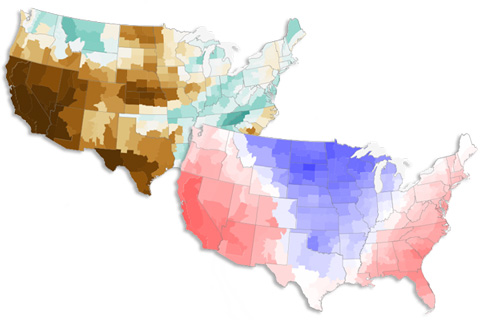
Unseasonable cold in the Rockies, Northern Plains, and Great Lakes were balanced by much warmer than average conditions in the Southwest and Southeast coastal states.

New USGCRP indicator based on NOAA fisheries data shows bigger shifts in the North Atlantic than the Bering Sea.

November 2020 is favored to be warmer than average for much of the United States and drier than average across the southern US.

A strong polar vortex supported the formation of a large and deep Antarctic ozone hole in September 2020 that should persist into November, NOAA and NASA scientists reported today.
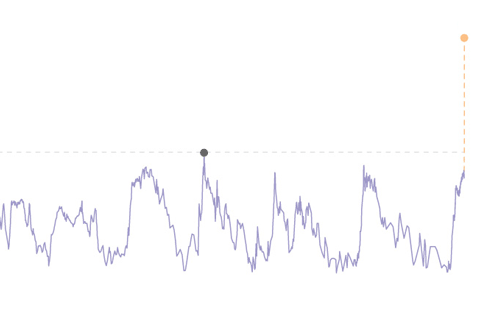
Fossil fuels are the only source of carbon dioxide large enough to raise atmospheric carbon dioxide amounts so high so quickly.

From larger, more intense wildfires to more frequent flash floods, global warming has added to the rising cost of natural hazards. Current spending on infrastructure isn't enough to cover repairs and upgrades.
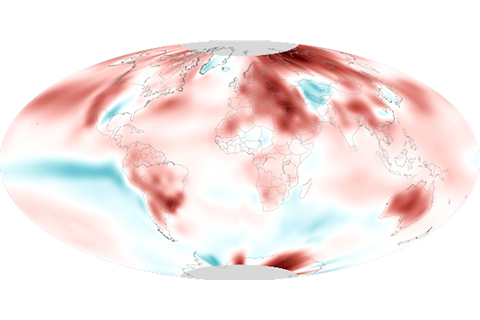
September 2020 was the hottest September on record for the globe, continuing a sweltering year.

2020-21 Winter outlook leans warm and dry across southern U.S.
October 15, 2020
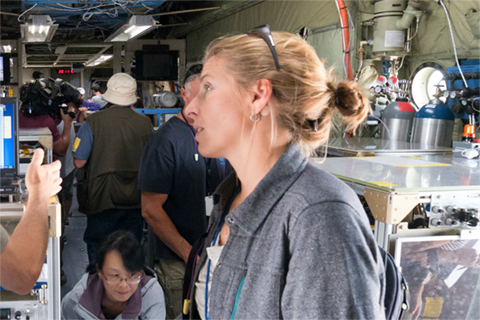
Climate.gov talks with Emily Fischer—an early-career atmospheric scientist and educator who has already made significant contributions to Earth science and fostering greater inclusion of women in the geosciences.
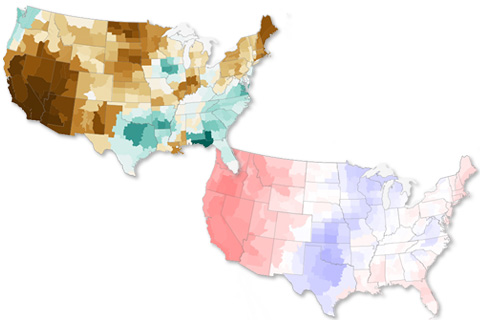
The soaking brought to the Gulf region by tropical cyclones in September 2020 contrasted starkly with the hot, dry conditions in the West.